Who is the pilot in command of your aircraft?
Air Facts
FEBRUARY 10, 2025
“The instrument conditions, likely turbulence, and increased workload imposed by beginning the approach phase of the flight presented a situation that was conducive to the development of spatial disorientation and a loss of situational awareness. George works for you.

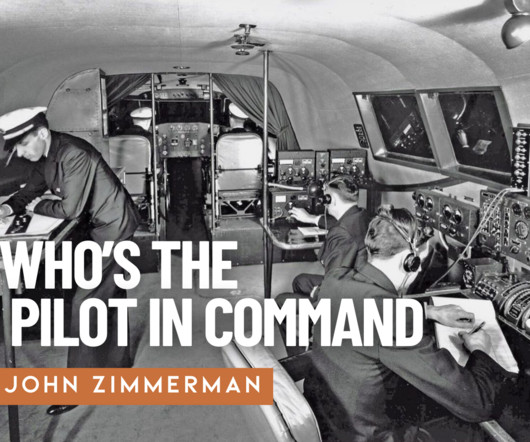





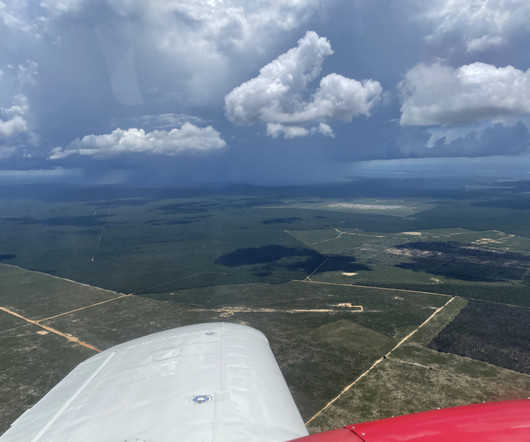


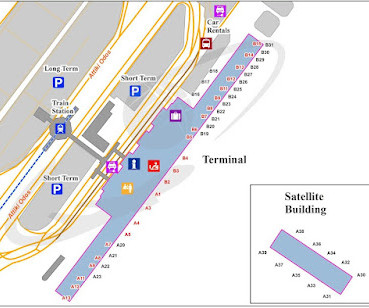

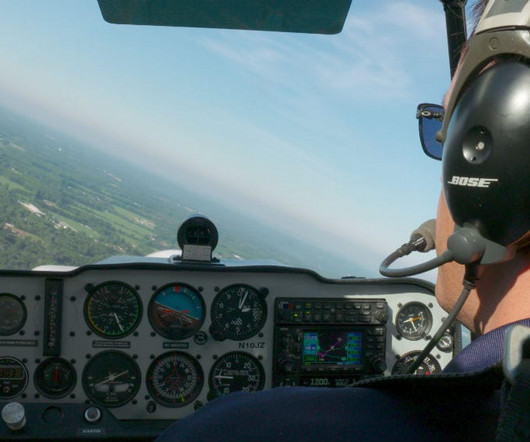

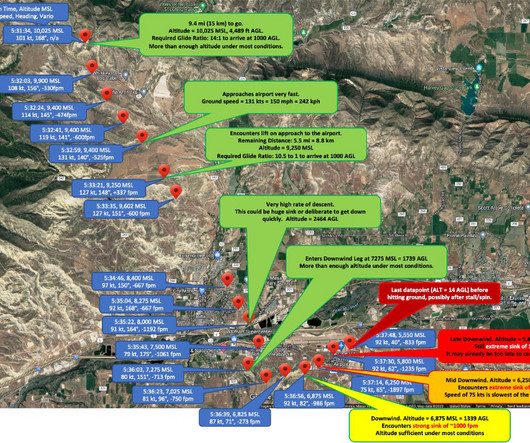







Let's personalize your content